Common types of valves include:
Ball Valve: Quick 90° turn for fast on-off control, user-friendly.
Gate Valve: Straight-line flow, compact, and reliable shutoff.
Check Valve: Prevents backflow, self-activating for flow direction.
Globe Valve: Precise flow control with T, Y, or angle designs.
Butterfly Valve: Compact, quick-acting, ideal for tight spaces.
Gate Valves
1. Forged Gate Valve
Design and Manufacture: API 602,BS 5352,ASME B16.34/B16.11/B1.20.1/B16.25 /B16.5
Size Range: 1/2"~4"
Pressure Ratings: 150LB-2500LB
Temperature Range: -196℃~500℃
End Connections: Threaded,Socket-Welded,Butt-Welded,Flange Type(Welded flange &Integral flange)
Bonnet Design: Bolted bonnet, Welded bonnet, Pressure sealed bonnet
Face to Face Dimension: ASME B16.10 and other standard
Inspection and Testing: API 598 and other standard
2. Casting Gate Valve
Design and Manufacture: DIN3352,API 6D,ASME B16.34,API600,GOST5762-2002
Size Range: DN40-1400,1/2"~60"
Pressure Ratings: PN1.0-PN42.0Mpa,150LB-2500LB,
End Connections: EN1092,ASME B16.5, ASME B16.47, MSS-SP44, GOST12815-80
Face to Face Dimension: DIN3202, ASME B16.10, API 6D,GOST3706-93
Inspection and Testing: DIN 3230,API 598,GOST356-80
3. Cast Iron Gate Valve
Design standard conform to: ANSI/AWWA C509
Face to face conform to: ASME B16.10
Pipe connection conform to: ASME B16.1 CLASS125 ANSI/AWWA C111/A21.11 AWWA C606
Pressure testing standard conform to: ANSI/AWWA C509
Actuator: 2 "AWWA operating nut or hand wheel, chain wheel, gearbox, etc.

Globe Valve
1. Forged Globe Valve
Body Construction: T-type,Y-type,Angel type.
Bonnet Design: Bolted bonnet, Welded bonnet, Pressure sealed bonnet
Design and Manufacture: API 602,BS 5352,ASME B16.34/B16.11/B1.20.1/B16.25 /B16.5
Size Range: 1/2"~4"
Pressure Ratings: 150LB-2500LB
Temperature Range: -196℃~500℃
End Connections: Threaded,Socket-Welded,Butt-Welded,Flange Type(Welded flange &Integral flange)
Face to Face Dimension: ASME B16.10 and other standard
Inspection and Testing: API 598 and other standard
2. Casting Globe Valve
Design and Manufacture: DIN3356,API 6D,ASME B16.34,GOST5762-2002
Size Range: DN40-1400,2"~24"
Pressure Ratings: PN1.0-PN42.0Mpa,150LB-2500LB
End Connections: EN1092,ASME B16.5, ASME B16.47, MSS-SP44, GOST12815-80
Face to Face Dimension: DIN3202, ASME B16.10, GOST3706-93
Inspection and Testing: DIN 3230, API 598, GOST356-80

Check Valve
1. Forged Check Valve
Body Construction: Lift check valve, Swing check valve, Ball check valve.
Bonnet Design: Bolted bonnet, Welded bonnet, Pressure sealed bonnet
Design and Manufacture: API 602, BS 5352, ASME B16.34/B16.11/B1.20.1/B16.25 /B16.5
Size Range: 1/2"~4"
Pressure Ratings: 150LB-2500LB
Temperature Range: -196℃~500℃
End Connections: Threaded, Socket-Welded, Butt-Welded, Flange Type (Welded flange &Integral flange)
Face to Face Dimension: ASME B16.10 and other standard
Inspection and Testing: API 598 and other standard.
2. Casting Check Valve
Design and Manufacture: DIN3356, API 6D, ASME B16.34, BS1868, GOST5762-2002
Size Range: DN40-1400,2"~48"
Pressure Ratings: PN1.0-PN42.0Mpa,150LB-2500LB
End Connections: EN1092, ASME B16.5, ASME B16.47, MSS-SP44, GOST12815-80
Face to Face Dimension: DIN3202, ASME B16.10, API6D, API594, GOST3326-86
Inspection and Testin: DIN 3230, API 598, GOST356-80

Butterfly Valve
1. Resilient Seat Butterfly Valve
Design standard:API 609/EN593
Connection Flange:ISO 7005-2 PN10/16, EN 1092-2 PN10/16, ASME B16.5 CLASS 150, JIS 10K (DN40~DN300)
Top Flange:ISO 5211
Face To Face:API 609A /EN558 20 series
Test Standard:API 598 /EN12266-1
Working Pressure:PN10/16
2. Double Flange Double Eccentric Butterfly Valve
Design standard Conform To:EN 593
Connection flange conform To:EN1092-2, ISO7005-2
Top flange conform to:ISO 5211
Face to face conform to:EN 558 Series 14
Test standard conform to:EN12266-1
Nominal working pressure:PN10/PN16/PN25/PN40
3. AWWA C504 Butterfly Valve
Design Standards:AWWA C504/AWWA C516
Connection Flange:ASME B16.1 Class 125 AWWA C111/A21.11
Top Flange:MSS SP-101/ISO 5211
Face to Face:AWWA C504/AWWA C516
Test Standard:AWWA C504
4. Tripple Offset Meatal Seated Bufferfly Valve
Size Range:3"~128" (80mm~3200mm)
Pressure Class:150lb~1500lb(PN25~PN260)
Temperature Range:-196℃~+650℃(-321℉~+1202℉)
Connection Type:wafer,lug,double flange,butt -welded
Drive Type:Worm gear, Pneumatic, Electric,Hydraulic
High Performance Butterfly Valve
Pressure:Classl50, Class300
Size:Basic type: 2”-48”(50mm -1200mm)
Fire safety type: 2”- 60”(50mm -1500mm)
Temperature:-196°C ~ +650°C (-321 ℉~+1202℉)
Connection Type:wafer, lug
Drive Type:manual, worm gear, pneumatic, electric
Applicable Medium: corrosive chemical media, water, gas, acid, alkali, steam, pharmaceutical, etc.

Ball valve
1. Hard Seal Trunnion Mounted Ball valve
Design and Manufacture: API 6D,API 608,ISO 17292,GB/T12237,GB/T19672
Size Range: 2”~48”
Pressure Ratings: 150LB-2500LB(PN1.6-PN42.0MPa)
Temperature Range: -196℃~650℃
End Connections: ASME B16.5 ,ASME B16.25,JB/T79,GB/T9113,HG/T20529,HG/T20615,EN1092,GB/T12224
Face to Face Dimension: ASME B16.10,GB/T12221,JB 1686, EN 588
Inspection and Testing: API 6D,API 598,JB/T9092,GB/T13927,GB/T26480
2. Soft Seal Trunnion Mounted Ball Valve
Design and Manufacture:API 6D,API 608,ISO 17292,GB/T12237,GB/T19672
Size Range: 2"~48"
Pressure Ratings: 150LB-2500LB(PN1.6-PN10.0MPa)
Temperature Range: -196℃~200℃
End Connections: ASME B16.5 ,ASME B16.25,JB/T79,GB/T9113,HG/T20529,HG/T20615,EN1092,GB/T12224
Face to Face Dimension: ASME B16.10,GB/T12221,JB 1686, EN 588
Inspection and Testing: API 6D,API 598,JB/T9092,GB/T13927,GB/T26480
3. Soft Seal Floating Ball Valve
Design and Manufacture: API 6D,API 608,ISO 17292,GB/T12237,GB/T1967
Size Range: 1/2"~10"
Pressure Ratings: 150LB-2500LB(PN1.6-PN42.0MPa)
Temperature Range: -196℃~200℃
End Connections: ASME B16.5 ,ASME B16.25,JB/T79,GB/T9113,HG/T20529,HG/T20615,EN1092,GB/T12224
Face to Face Dimension:ASME B16.10,GB/T12221,JB 1686, EN 588
Inspection and Testing:API 6D,API 598,JB/T9092,GB/T13927,GB/T26480
4. FS Soft Seal Floating Ball Valve
Design and Manufacture: API 6D,API 608,ISO 17292,GB/T12237,GB/T19672
Size Range: 1/2"~4"
Pressure Ratings: 150LB-900LB(PN1.6-PN15.0MPa)
Temperature Range: -196℃~200℃
End Connections: ASME B16.11, ASME B16.25, GB/T12224
Face to Face Dimension: Manufacturer standard
Inspection and Testing: API 6D,API 598,JB/T9092,GB/T13927,GB/T26480
5. Hard Seal-Floating Ball Valve
Design and Manufacture: API 6D,API 608,ISO 17292,GB/T12237,GB/T19672
Size Range: 1/2"~10"
Pressure Ratings: 150LB-2500LB(PN1.6-PN42.0MPa)
Temperature Range: -196℃~650℃
End Connections: ASME B16.5 ,ASME B16.25,JB/T79,GB/T9113,HG/T20529,HG/T20615,EN1092,GB/T12224
Face to Face Dimension: ASME B16.10,GB/T12221,JB 1686, EN 588
Inspection and Testing: API 6D,API 598,JB/T9092,GB/T13927,GB/T26480
6. Full Welded Ball Valve
Design and Manufacture: API 6D,API 608,ISO 17292,GB/T12237,GB/T19672
Size Range: 2"~40"
Pressure Ratings: 150LB-2500LB(PN1.6-PN42.0MPa)
Temperature Range: -196℃~200℃
End Connections: ASME B16.5 ,ASME B16.25,JB/T79,GB/T9113,HG/T20529,HG/T20615,EN1092,GB/T12224
Face to Face Dimension: ASME B16.10,GB/T12221,JB 1686, EN 588
Inspection and Testing: API 6D,API 598,JB/T9092,GB/T13927,GB/T26480
7. Top Entry Ball Valve
Design and Manufacture: API 6D,API 608,ISO 17292,GB/T12237,GB/T19672
Size Range: 2"~10"
Pressure Ratings: 150LB-900LB(PN1.6-PN15.0MPa)
Temperature Range: -196℃~200℃
End Connections: ASME B16.5 ,ASME B16.25,JB/T79,GB/T9113,HG/T20529,HG/T20615,EN1092,GB/T12224
Face to Face Dimension: ASME B16.10,GB/T12221,JB 1686, EN 588
Inspection and Testing: API 6D,API 598,JB/T9092,GB/T13927,GB/T26480
8. Three Way&Four Way Ball Valve
Design and Manufacture: API 6D,API 608,ISO 17292,GB/T12237,GB/T19672
Size Range: 1/2"~8"
Pressure Ratings: 150LB(PN1.6-PN4.0MPa)
Temperature Range: -29℃~350℃
End Connections: ASME B16.5 , JB/T79,GB/T9113,HG/T20529,HG/T20615,EN1092
Face to Face Dimension: Manufacturer standard
Inspection and Testing: API 6D,API 598,JB/T9092,GB/T13927,GB/T26480
9. Flange High Temperature Ball Valve
Design and Manufacture:API 6D,API 608,ISO 17292,GB/T12237,GB/T19672
Size Range: 1/2"~8"
Pressure Ratings: 150LB(PN1.6-PN2.5MPa)
Temperature Range: -196℃~300℃
End Connections: ASME B16.5 ,ASME B16.25,JB/T79,GB/T9113,HG/T20529,HG/T20615,EN1092,GB/T12224
Face to Face Dimension: ASME B16.10,GB/T12221,JB 1686, EN 588
Inspection and Testing: API 6D,API 598,JB/T9092,GB/T13927,GB/T26480
10. Thin Ball Valve
Design and Manufacture: API 6D,API 608,ISO 17292
Size Range: 1/2”~8”
Pressure Ratings: 150LB(PN1.6-PN2.5MPa)
Temperature Range: -196℃~350℃
End Connections: ASME B16.5 , EN1092
Face to Face Dimension: ASME B16.10, EN 588
Inspection and Testing: API 6D,API 598
11. Heating Ball Valve
Design and Manufacture: API 6D,API 608,ISO 17292,GB/T12237,GB/T19672
Size Range: 1/2"~10"
Pressure Ratings: 150LB-600LB(PN1.6-PN10.0MPa)
Temperature Range: -196℃~200℃
End Connections: ASME B16.5 ,ASME B16.25,JB/T79,GB/T9113,HG/T20529,HG/T20615,EN1092,GB/T12224
Face to Face Dimension: ASME B16.10,GB/T12221,JB 1686, EN 588
Inspection and Testing: API 6D,API 598,JB/T9092,GB/T13927,GB/T26480

Common functional designations and their common design types include:
Isolation Valves: Ball, butterfly, diaphragm, gate, pinch, piston, and plug valves
Regulation Valves: Ball, butterfly, diaphragm, globe, needle, pinch, and plug valves
Safety Relief Valves: Pressure release and vacuum relief valves
Non-Return Valves: Swing check and lift check valves
Special Purpose Valves: Multi-port, float, foot, knife gate, and line blind valves






 English
English Español
Español بالعربية
بالعربية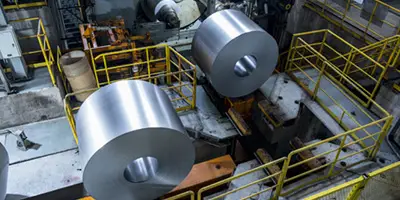
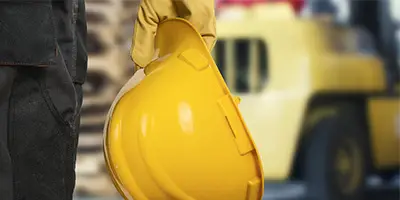
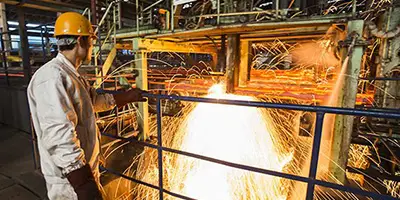
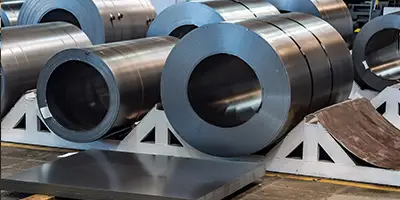

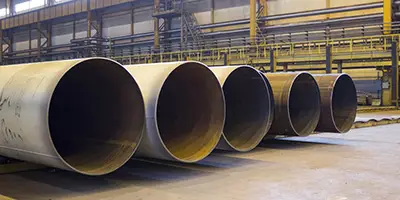
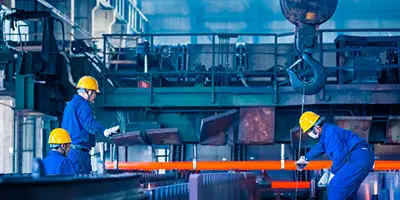
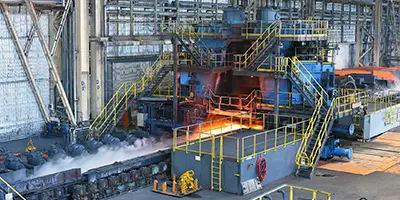
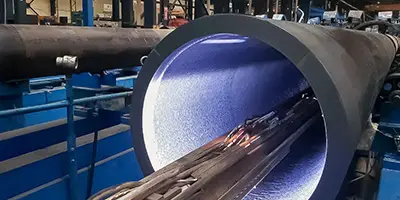
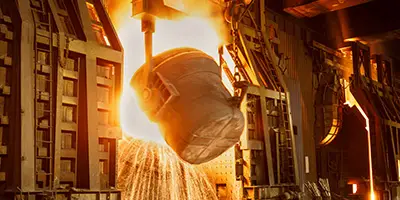
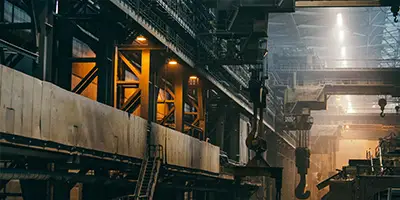
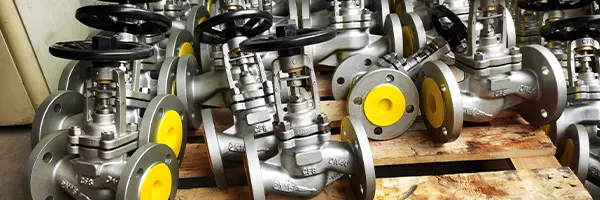





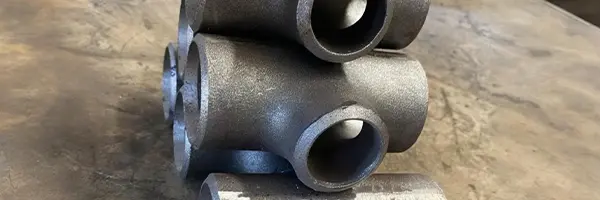
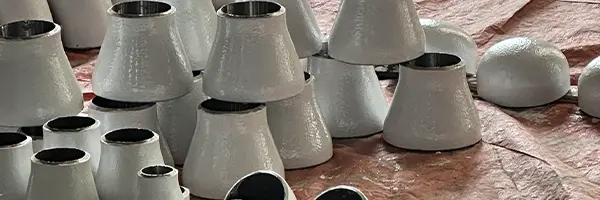
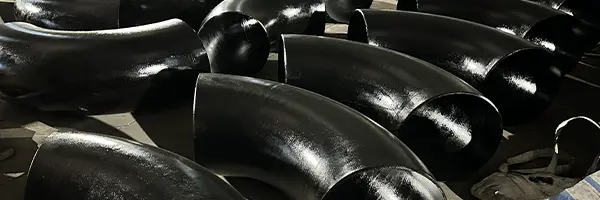
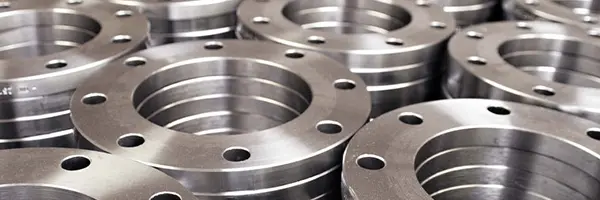
 Phone :
Phone :  Whatsapp :
Whatsapp :  Email :
Email : 


